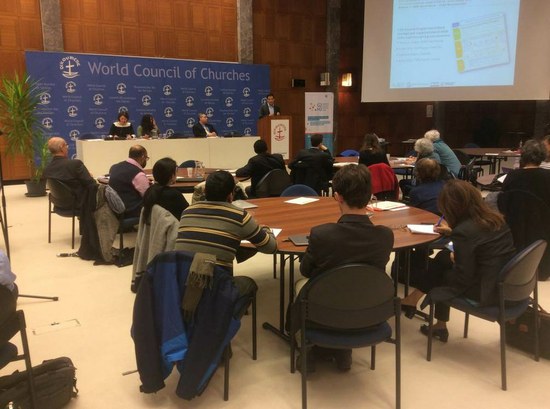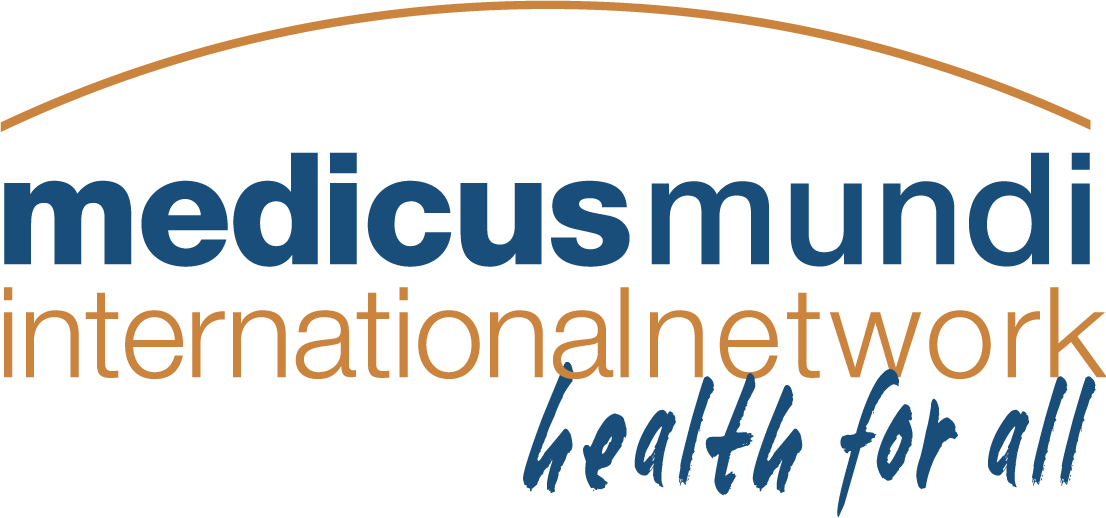 Being an International Health Policy correspondent via the much appreciated link of the ITM Health Policy Unit with Medicus Mundi International gave me the my first ever experience of visiting the WHO headquarters in Geneva and attending a global event as important as a WHO Executive Board (EB) meeting.
Being an International Health Policy correspondent via the much appreciated link of the ITM Health Policy Unit with Medicus Mundi International gave me the my first ever experience of visiting the WHO headquarters in Geneva and attending a global event as important as a WHO Executive Board (EB) meeting.
I was able to attend my first WHO high level gathering, and participate in the 142nd Session of the WHO Executive Board, in January 2018. Prior to the meeting, I anxiously went through relevant literature, discussed with mentors at ITM about the nature of EB meetings, and thoroughly read some of the WHO background documents for the meeting. I was both excited and nervous about attending a meeting of such calibre at the WHO headquarters, but I knew that the preparatory civil society meetings would be engaging and enlightening too.
At the civil society meeting organized by the Geneva Global Health Hub (G2H2), sessions on the WHO General Programme of Work (GPW) and on the WHO’s Framework of engagement with non-state actors (FENSA) were the focus of attention. The biggest challenge to implementing the inspiring and highly ambitious GPW seemed to be financial, followed closely by the challenges related to engaging with multiple diverse stakeholders including the private sector, at both the global and national levels. Luckily, I had read preparatory documents such as “The WHO we want”, and this provided me with good insights into the struggle at the global health stage. I went to these meetings to listen and participate in discussions that were particularly related to NCDs in the context of global health; I have worked within this domain for the past five years in my home country, India, and I am passionate about it. In this context, the discussion around non-state actors and conflicts of interest at the G2H2 preparatory meeting provided me with food for thought.
The civil society meeting was participatory, with ample space for members of the audience to voice their concerns/opinions, and contribute to panel discussions in a number of open sessions. The fourth session of day one at the civil society meeting was by far the most interesting session for me. There was a heated discussion on how the FENSA could safeguard the WHO from conflicts of interest, when at the same time, formal NSA (Non-State Actor) roles are being assigned to private entities.
The session opened with a briefing on FENSA’s priorities and challenges in implementation, and it was startling to discover that conflicts of interest not only affect local governments and action, but have deep roots at higher levels such as in the functioning of the WHO itself. Many discussions were focused on organisations which fund the WHO, and which themselves have conflict of interest issues. Unsurprisingly, among the WHO allied organisations, those with the most conflict of interest issues were in the NCD domain; little wonder this is one of the most underfunded items in the GPW. The WHO representative who was present tried to convince the audience by saying that the WHO is all about member states; however, some member states have bigger interests in private profit-making agencies, and it is hard for them to always zero down on conflict of interest. This line of defence was however not very successful! This led the other panellists and audience to the question of the “WHO we want”: Is not the World Health Organization, because of its constitution, an autonomous, strong and credible global health keeper? Isn’t it supposed to follow the human-rights based approach, set priorities and be normative, while setting standards that should be seen as mandates, rather than voluntary targets; implement key decisions and priorities as binding legislation in member states, for the improvement of global health?
The evening culminated with the screening of a shocking (well, shocking to some young researchers at least!) video titled “WHO in the Hand of Lobbyists”. I could relate this to the extent of conflict of interest in the health sector in my own country, India, where the largest public sector insurance firm also has investments in the biggest private tobacco manufacturing company.
All my preparation and the civil society meetings set me up nicely for the much bigger meeting, the 142nd Session of the WHO Executive Board at the WHO headquarters! I thought I would see lots of discussion on FENSA, NCDs and of course how to slow down climate change, in the proposed GPW, during the EB week. However, once I stepped into the first morning session of the EB meeting, I realised that these were just pipedreams.
This is perhaps the usual format for WHO meetings, but to a newcomer like me, it felt like such a bureaucratic way of proceeding. Much of the morning session was spent on voting on different agenda items, with representatives of member states nodding to signal a “yes” or “no”. There was an extensive session on the GPW and feedback on it was given by all the member states. The meeting had a one-way communication flow, and was very different from the earlier civil society meetings which I had attended.
Finally, on day two I got to see the feedback on the GPW from a range of “non-state actors”. I think it is more relevant to discuss how the WHO has framed its definition of “non-state actors” rather than to describe the feedback, where the chairperson gave the same, very quiet response of “Thanks for your suggestion, we will look into it” to almost all statements by so-called “non-state actors”.
With regards to the WHO’s definition of non-state actors, it was disturbing for me to see that there was absolutely no differentiation between the very different kinds of organisations. As the global health watchkeeper and a UN specialised agency, the WHO should have different criteria and approaches to all these diverse entities. For example, private for profit organisations and civil society non-for profit organisations whose aims and even understanding of “public health” as a concept are completely different, were lumped together in the “non-state actors” category and given the same slot to speak in the big executive hall. How can one expect private organisations primarily funded by profitmaking private conglomerates (I’m sure you can name a few examples yourself) to be conflict of interest free in their advancement of the global public health agenda?
At the end of the event, I was able to write about some of my experiences at my first ever EB meeting on the IHP blog – A “make or break year” for WHO, and while I hope to see the implementation of the ambitious GPW, in reality, I can’t help but think back to the jibe from the Turkish delegate in the EB meeting, “moving the caravan on the road”. With the current level of engagement with “non-state actors”, the side-tracking of civil society voices at the highest level, as well as the many instances of countries turning their backs on civil society, I am quite sceptical of a positive environment in global health, and concerned about the global health governance at WHO. Nevertheless, there are positive signals as well, and the new WHO Director-Genral Dr Tedros himself seems quite committed to working with civil society.
Since coming back from Geneva, I have gone through various literature on the WHO as a global health governance body, in order to gain more insights as a public health researcher. One that struck a chord with me is the article by Sara Van Belle et al. on the need for the WHO to take up the meta-governor role in global health governance, and how it should become a learning organisation within a matrix of networks, actors and issues. Informally, it is known among my colleagues at ITM as the “Queen B” paper.
- Author: Manoj Kumar Pati
- Manoj Kumar Pati, A “make or break year” for WHO and its new leadership: http://www.internationalhealthpolicies.org/a-make-or-break-year-for-who-and-its-new-leadership-discussion-on-the-13th-general-programme-of-work-at-the-142nd-session-of-whos-executive-board/
- Sara van Belle et al., Queen bee in a beehive: WHO as meta-governor in global health governance, http://gh.bmj.com/content/3/1/e000448
- Contribution by ITM Antwerp to the Annual Report 2017 of the MMI Network
- Download: PDF
